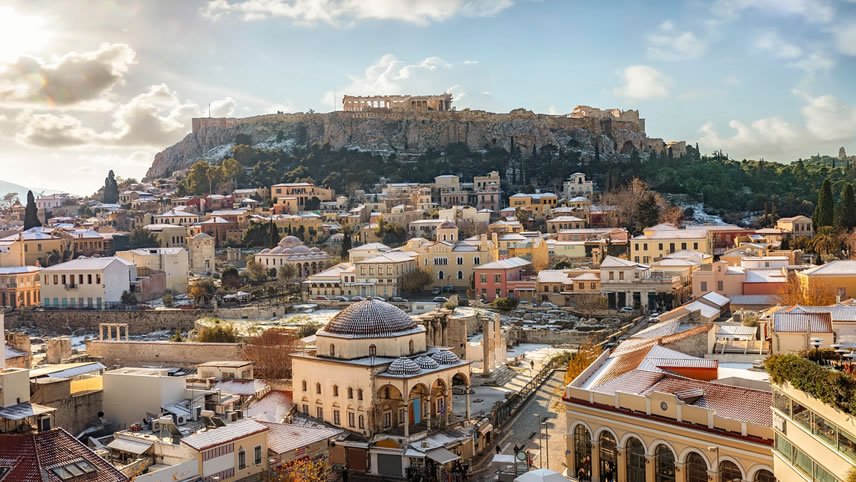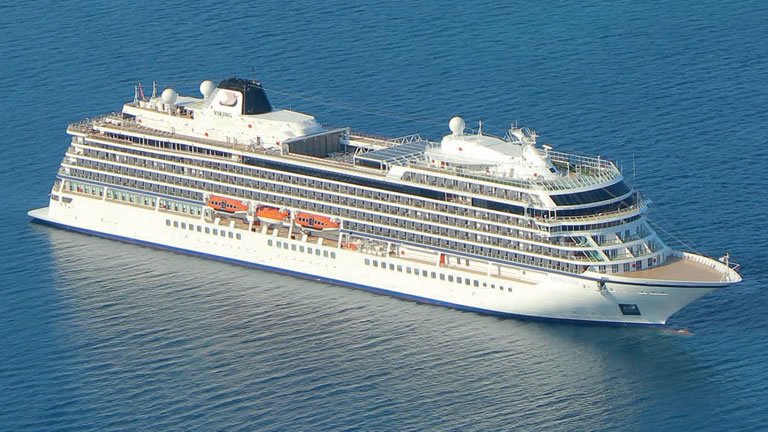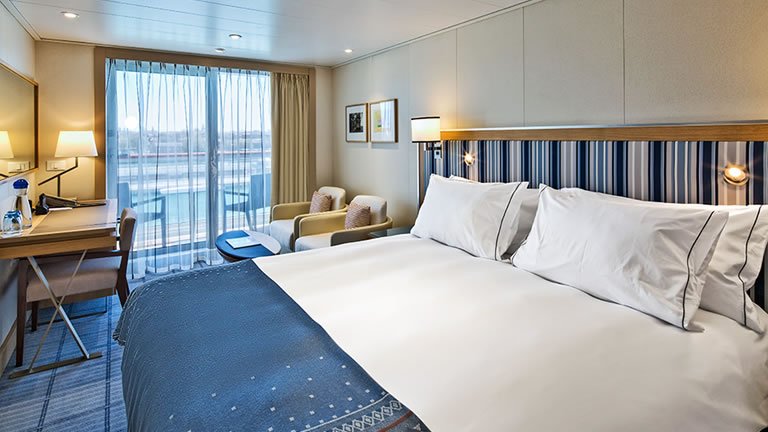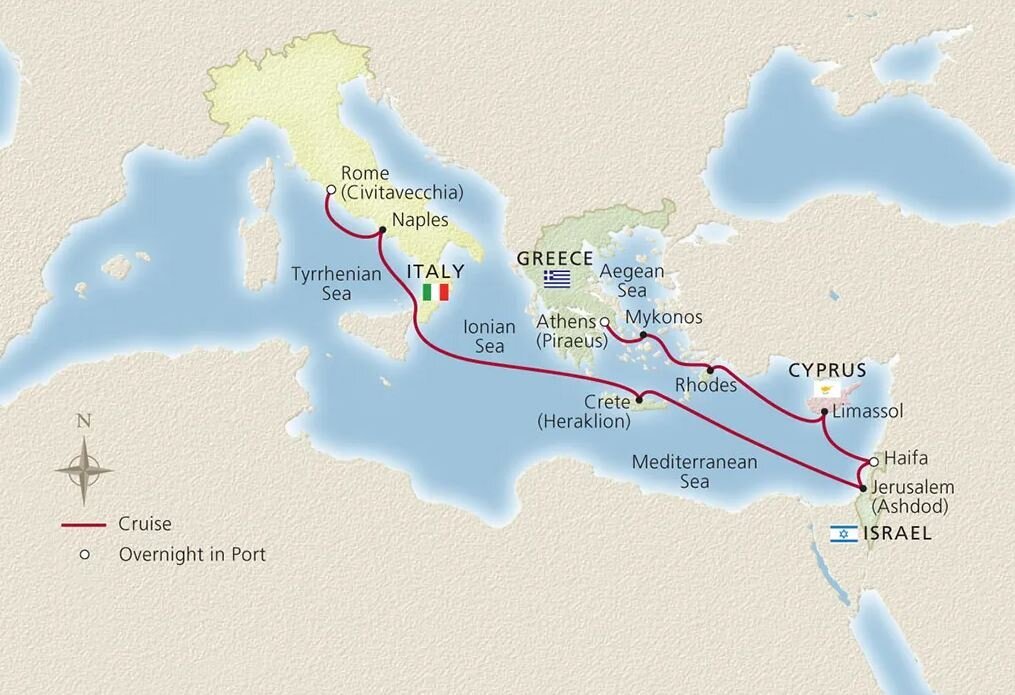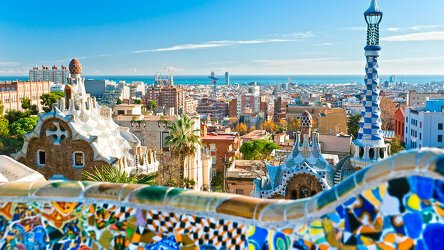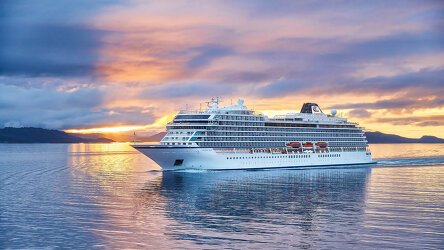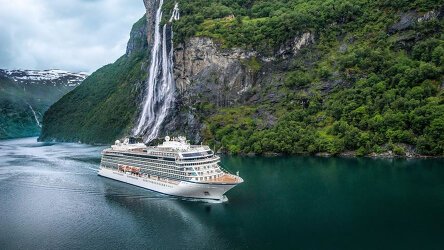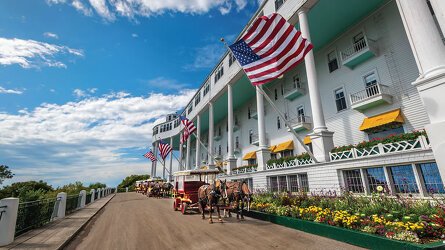Overview
Itinerary
Embark your ship and settle into your stateroom. Athens has been called the “birthplace of democracy.” Its legacy looms large from atop Acropolis Hill, the pinnacle of ancient Greece. This open air museum is an astonishing repository of once-mighty structures. From its colonnaded Parthenon—more than 2,600 years ago—revered Greek philosophers like Plato and Aristotle formulated new ideas of government and debated its role in civic life to captivated audiences. Remnants of spiritual life are also here in the several temples to Athena and Zeus.
For a more intimate experience of Athens, the charming Plaka District invites guests with its labyrinth of cobblestone lanes. Neoclassical architecture lines the narrow streets of the “Neighborhood of the Gods,” so named for its location. Browsing its shops or simply perusing its nooks and crannies are pastimes favored by visitors and locals alike. This historic area is the ideal setting in which to enjoy traditional small plates of mezes and a sip of ouzo.
Sun-drenched Mykonos is the smallest of the Greek islands. It strikes a picture-perfect pose, with its centuries-old windmills perched on seaside ridges and labyrinthine streets of whitewashed houses with sky-blue doors. Some 400 churches dot the island's stunning landscapes, with the whitewashed Panagia Paraportiani, or Church of Our Lady, among the most impressive. The narrow lanes of Chora, the main town, are pure pleasure to explore. Rows of fishing houses with balconies are perched directly on the water and the famous thatched-roof windmills overlook the harbor.
Rhodes is home to the Palace of the Grand Masters, a remarkable and sprawling fortification. Its historic quarter is Europe's largest active medieval town. Outside the city, forests of pine and cypress blanket mountain slopes; vineyards and groves of citrus and olive soak up the Aegean sun. The Knights of Saint John of Jerusalem conquered the island in the 14th century, bringing great wealth from the Holy Land. Under their rule, the city was reconstructed to mirror the medieval ideal. Many of the buildings from this era remain and make for rewarding strolls.
Sail the ocean stage on which civilizations have risen and fallen, where empires ventured forth in their great armadas to control these strategic waters. As you sail today, attend an informative lecture or watch a film in our state-of-the-art theater. A range of insightful TED Talks and desination-inspired seminars are offered daily.
Cyprus and its historic capital of Limassol boast a long history that encompasses Greco-Roman, Byzantine, Ottoman, Venetian and British rule. Famously, the island nation is home to spectacular medieval churches and monasteries whose humble facades belie richly wrought Byzantine frescoes. With such an auspicious reputation, it seems a high privilege to visit this breathtaking place. In the city's historic center, history stands in for mythology at the stalwart Limassol Castle, where Richard the Lionheart is said to have married on his way to the Crusades in the Holy Land.
Jerusalem is an important pilgrimage site for major world religions and one of the world's oldest cities. Since ancient beginnings, Jerusalem has been home to Canaanite, Babylonian, Assyrian, Judean, Roman, Persian, Byzantine, Umayyad, Ottoman, British, Jordanian, Palestinian and many other peoples. Their legacies can be seen in a treasure trove of antiquities—from the Temple Mount to the Western Wall and beyond—and in the vibrant markets, theaters, museums and galleries that make modern Jerusalem one of the Middle East's most dynamic cities.
Haifa is one of Israel's most important and beautiful cities, built on the slopes of Mount Carmel and overlooking the Mediterranean Sea. Pilgrims of the Bahá'í faith flock here to visit the Hanging Gardens of Haifa, a series of breathtaking terraces on the hillside. Mount Carmel also holds significance to Jewish, Christian and Islamic faiths. Most notably, this was the spot of Elijah's sacrifice by fire by which he miraculously ended a drought. Nearby, the ancient city of Acre, one of the oldest continuously inhabited cities in the world, is a UNESCO World Heritage Site.
High above Haifa, brilliant blooms spill down the side of Mount Carmel, a site significant in Judaism, Christianity and Islam. This place is also meaningful to those of the Bahá'í faith, who travel here from afar to see the Hanging Gardens of Haifa. The beautifully landscaped swath of flowers and topiary, arranged around wide, elegant mountainside stairways and plazas, creates stunning geometric designs. From Mount Carmel's tabletop summit, visitors take in the breathtaking terraced gardens against the expansive backdrop of the city below and the Mediterranean beyond.
Follow in the footsteps of great armadas that once sailed these waters. Historically, empires knew that to control this sea provided a strategic advantage in controlling the surrounding regions. As you sail, explore our well-curated Library, tucked in a private alcove of the Living Room, and select from a broad range of titles. Read a book by the Main Pool, a calming oasis in any weather with its retractable roof, allowing for year-round swimming.
Crete was home to the Minoans, Europe's earliest recorded civilization. Its capital, Heraklion, grew from the riches of the Venetian Empire, which ruled here for four centuries. Crete enjoyed a Renaissance building boom that helped bolster Heraklion as the region's most strongly fortified city. The island is blessed with generous beaches, soaring mountains and coursing rivers. It is also where the distinct mantinades—couplets of love accompanied by Cretan instruments—could break out at any number of cafés where patrons sip tsikoudia, a grape-based brandy distilled in the hills.
Sail the gateway to the Adriatic, marked by the sole of Italy's boot and the western coasts of Albania and Greece. As you sail, take advantage of the array of delicious cuisine offered on board. You may visit Mamsen's, our casual gourmet deli, any time from early morning to late at night for a taste of traditional Norwegian fare. Or, dine at Manfredi's and savor an authentic Italian meal, with options ranging from Milanese risotto to Tuscan inspired classics.
Naples boasts a long history in a stunning seaside setting and is known mostly for its pizza. The city has long been a major center of Italian culture and was the seat of a powerful independent kingdom for 500 years. So great was its sway that it lured the region's finest architects and artists. In the grand Piazza del Plebiscito, the grand and sweeping public square, the San Francesco di Paola Church flaunts a colonnaded facade reminiscent of the Pantheon in Rome, and the Royal Palace overlooks Neapolitans with statues of all the kings of Naples peering out from alcoves.
For centuries, Rome ruled much of Europe, building a vast empire from the power of emperors. More than 2,500 years of history live in the city's streets. Ancient structures recall those heady days when the cheers of 80,000 spectators roared from the Colosseum, citizens mingled in the Forum and senators asked the gods for guidance at the Pantheon. Along with the Vatican and St. Peter's Basilica, this rich pocket of Italy is one of the world's greatest repositories of history and civilization.
Rome is brimming with graceful piazzas and historic enclaves. Across which, some 2,000 fountains feature and some stand out as sculptural masterpieces. The most famous is the baroque Trevi Fountain, whose coin-toss legend may secure a return trip to the 'Eternal City.' In Piazza Navona, Bernini's Fountain of Four Rivers stands, while in front of the Pantheon, the Fontana del Pantheon features an obelisk from the period of Ramses II (the 13th century BC) reaching skyward from a base adorned by four dolphins. After breakfast, disembark your ship and journey home.
Life Onboard Viking Star
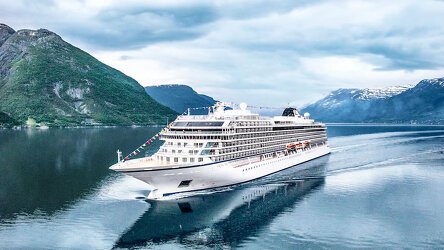
Launched in 2015, the Viking Star was Vikings' first an all-veranda ship, now part of a fleet of award winning, state of the art ships incorporating all the comforts & luxuries you would expect from Viking. Read more
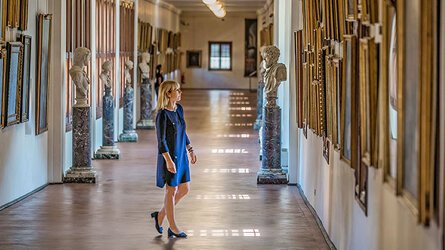
Viking are destination experts. With no casinos or children on board, you can be assured that the focus is firmly on enrichment and education. Read more
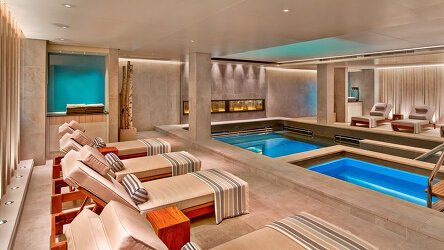
After a day of exploration or just to enhance the relaxation of a day at sea, the on-board Spa will leave you feeling recharged and revitalized. Read more

Viking offer eight on board dining options. Beer, wine and soft drinks are available with lunch and dinner at no additional charge of fee. Read more
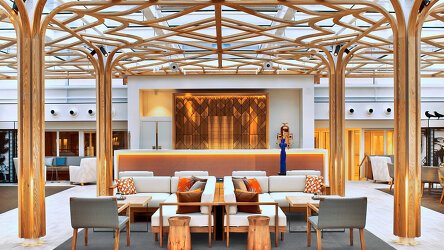
Viking proudly includes all that you need and nothing you do not. A variety of features and services valued at $200 per person per day are standard inclusions in your cruise. Read more

Viking include one complimentary shore excursion in every port of call. Enjoy exclusive entry to cultural treasures and seldom-seen collections around the world. Read more

Viking Star Reviews (6) Most Recent 'Viking Star' Reviews
On board with Viking Star, we once again booked the Penthouse Verandah suite….just sensational on all avenues. Our experiences on ship were all a 10 out of 10. All staff members are genuinely friendly and helpful… through the roof. The restaurant venues and choices are second to none. l must say, the quality and range of options is outstanding. I must say, it’s not difficult to understand why people continue to travel with Viking. It really is a case of ‘when you travel with the best, forget the rest. Many thanks Viking… our next adventure with you is now very close.
Brochure
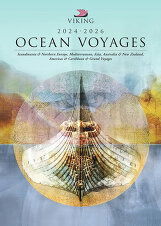
Viking Ocean Cruises (2025-26)
Availability Click on prices below to view cabin upgrades and details
Tour & cruises prices are per person. Prices shown have savings applied, are subject to availability and may be withdrawn at any time without notice. Pricing and trip details are correct at this point in time, however are subject to confirmation at the time of booking and are subject to change by Viking. For cruise itineraries, cabin images are sourced from Viking. These should be treated as indicative only. Cabin inclusions, upholsteries and room layout may differ to the image(s) shown depending on the ship selected and your sailing dates.
